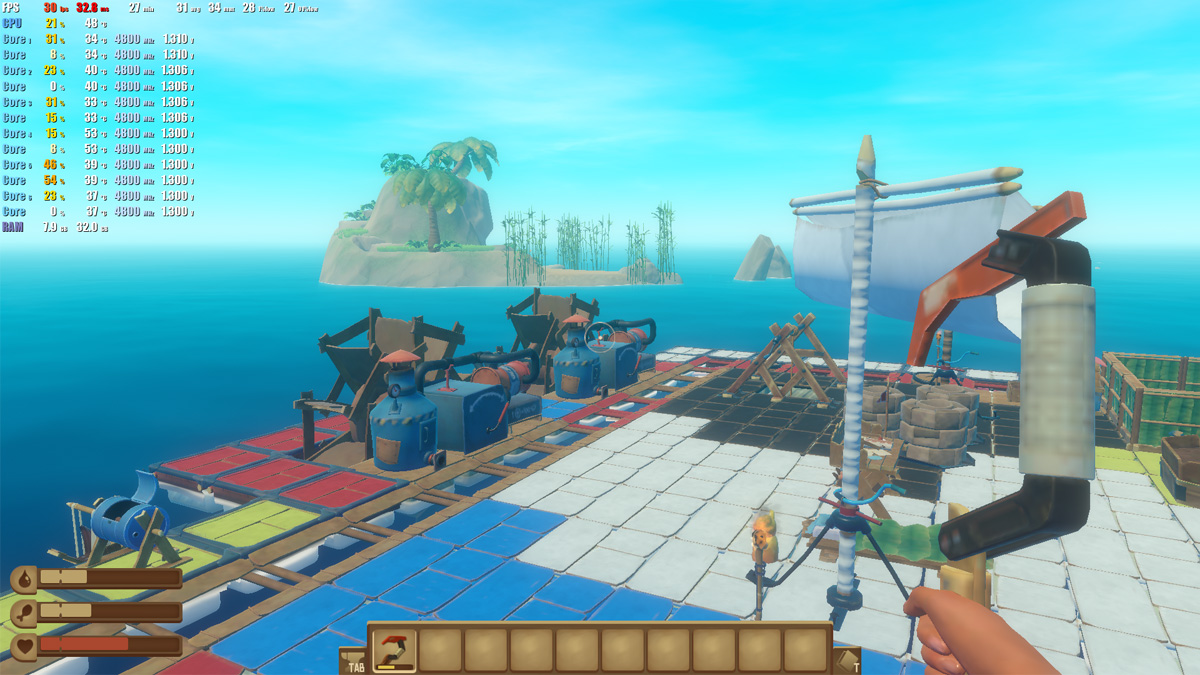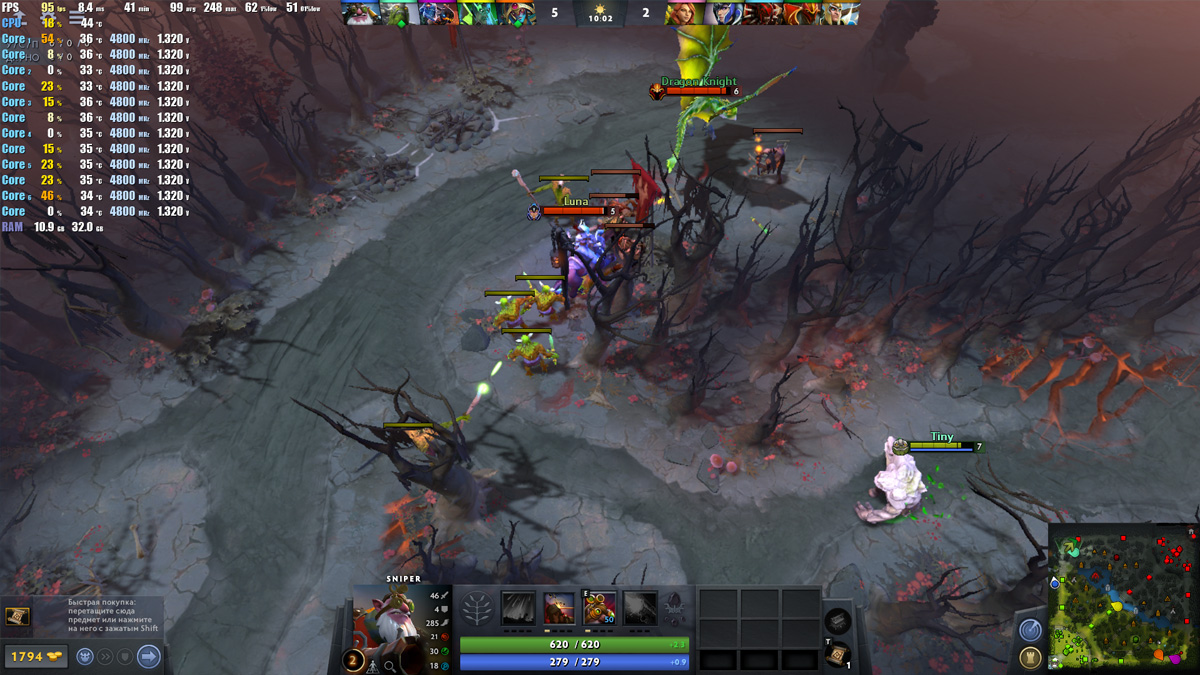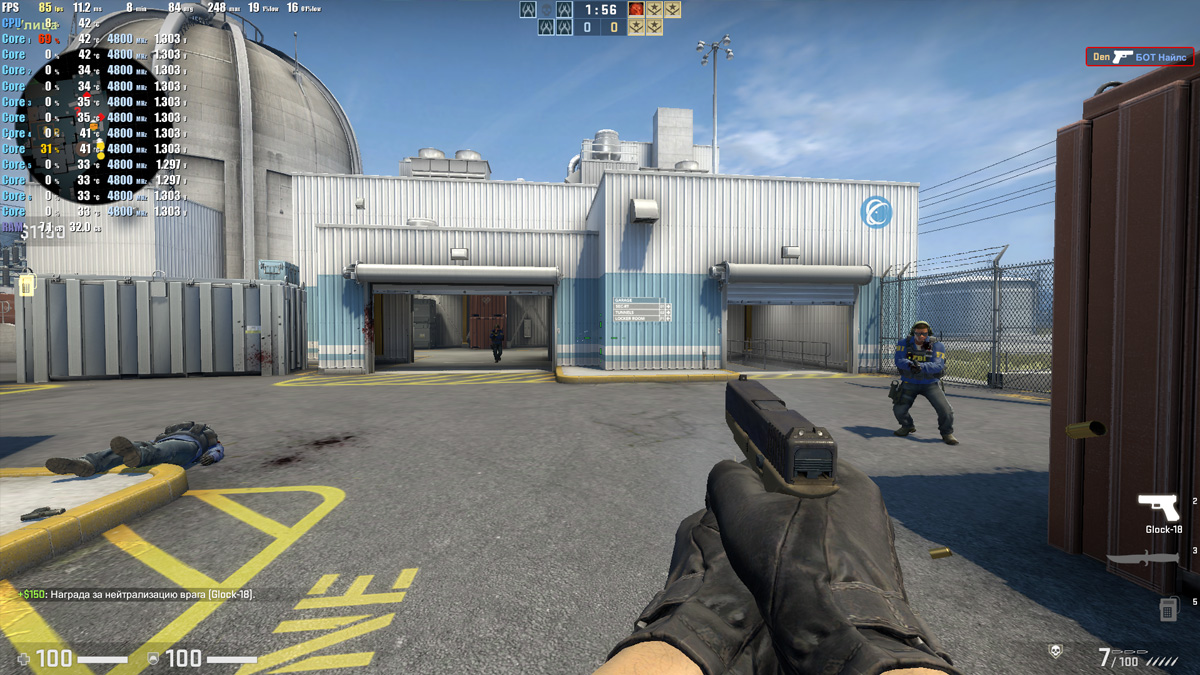
Before 2010, integrated graphics modules were installed not in processors, but in motherboards. Their performance was very low. They could not run video games with a decent frame rate and were used for basic tasks, such as web browsing and working with text documents.
In 2010, Intel moved integrated graphics from motherboards to central processors. The first CPUs with built-in Intel HD Graphics were the mobile Arrandale and desktop Clarkdale. These processors were very successful. The graphics power of Intel was so high that it surpassed budget graphics cards from NVIDIA and AMD.
Notebook manufacturers and regular PC users began installing discrete graphics accelerators less and less. Building systems with "integrated" was much cheaper, and by the mid-2010s, NVIDIA and AMD almost stopped producing budget graphics cards. Nobody was buying them.
With each new generation of processors, the performance of integrated graphics slowly increased. Today, the current version of the integrated graphics is Intel UHD Graphics 770. Next, we will find out if it can handle modern projects and look at the results of gaming tests.
How RAM Affects Integrated Graphics Power
Graphics processors (GPUs) need to store some data in fast-access memory. This is done using video memory. Intel HD integrated graphics do not have their own memory, so all necessary data is stored in the computer's RAM.
The performance of integrated graphics greatly depends on the speed and frequency of the RAM. Today, the fastest RAM is DDR5. It best unlocks the power of integrated graphics, which is why we will use it for our tests.
How the Tests Will Be Conducted
For the integrated graphics tests, we will use a computer with an Intel Core i5-12600K processor and two sticks of DDR5 RAM running at the stock frequency of 4800 MHz without overclocking. All video games will be launched at Full HD resolution.
To ensure objective tests, we will use projects with different graphic settings and system requirements: Raft, Dota 2, CS:GO, and Cyberpunk 2077.
Testing
Let's start with Raft. We launched the game at maximum graphics settings and received FPS around 30. Despite the low frame rate, the gameplay was smooth, without freezes or stuttering. If we lower the graphic settings to the minimum and set the resolution to 720p, FPS increases to 50-60.
Next game – Dota 2. We set the DirectX 11 API and the 2nd graphics preset out of 5 available. These can be considered average graphic settings. The frame rate was 80-100 FPS, with rare drops to 60 that occurred during intense battles with a lot of special effects.

Next, CS:GO. All graphics settings were set to minimum. The frame rate on the Nuke map with bots was 80-110 FPS, with very rare drops to 59.

And the last game in the test – Cyberpunk 2077. To our great surprise, the game from CD Projekt RED launched without any issues, but the frame rate was very low. At minimum graphics settings with FidelityFX scaling technology in "balanced" mode, FPS was unplayable at 17-20 frames.

Results
The Intel UHD Graphics integrated video card is not suitable for modern gaming at Full HD resolution. Its power is only enough to run undemanding and older projects like Dota 2 and CS:GO. Therefore, in gaming computers from HYPERPC, only full-fledged graphics cards are used, which provide high and stable FPS in all modern games.